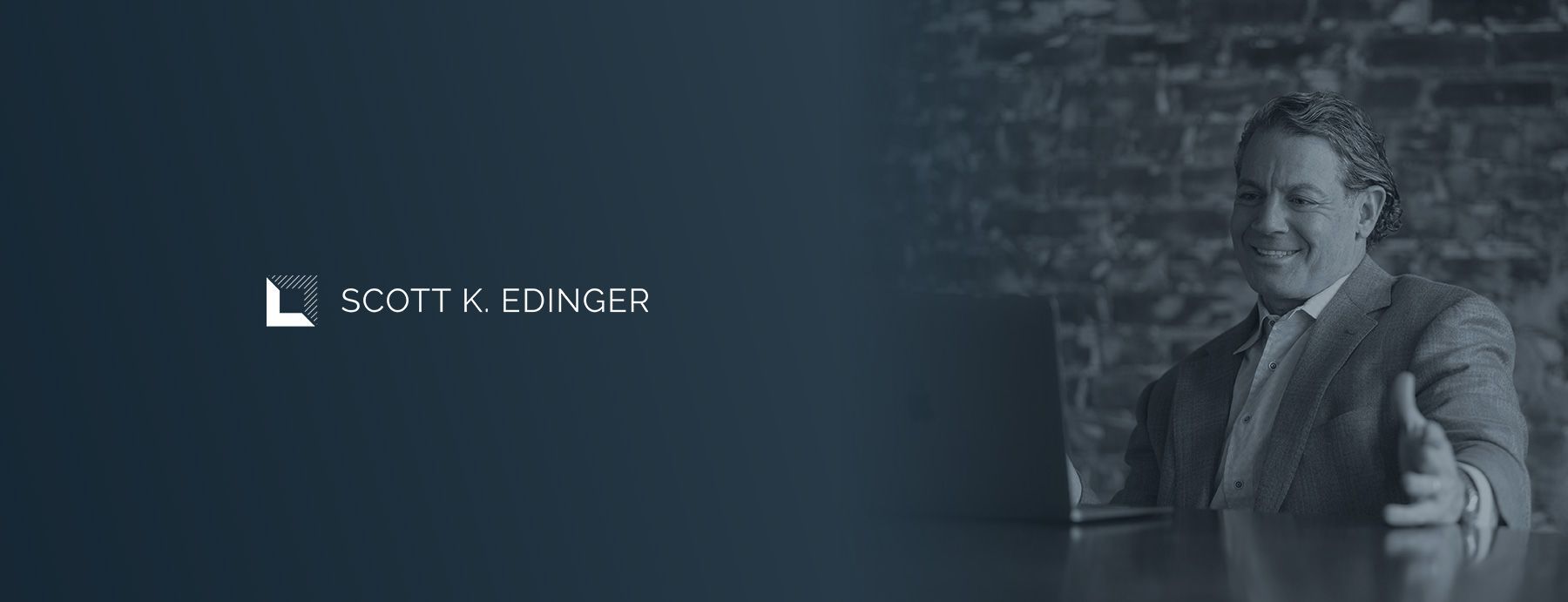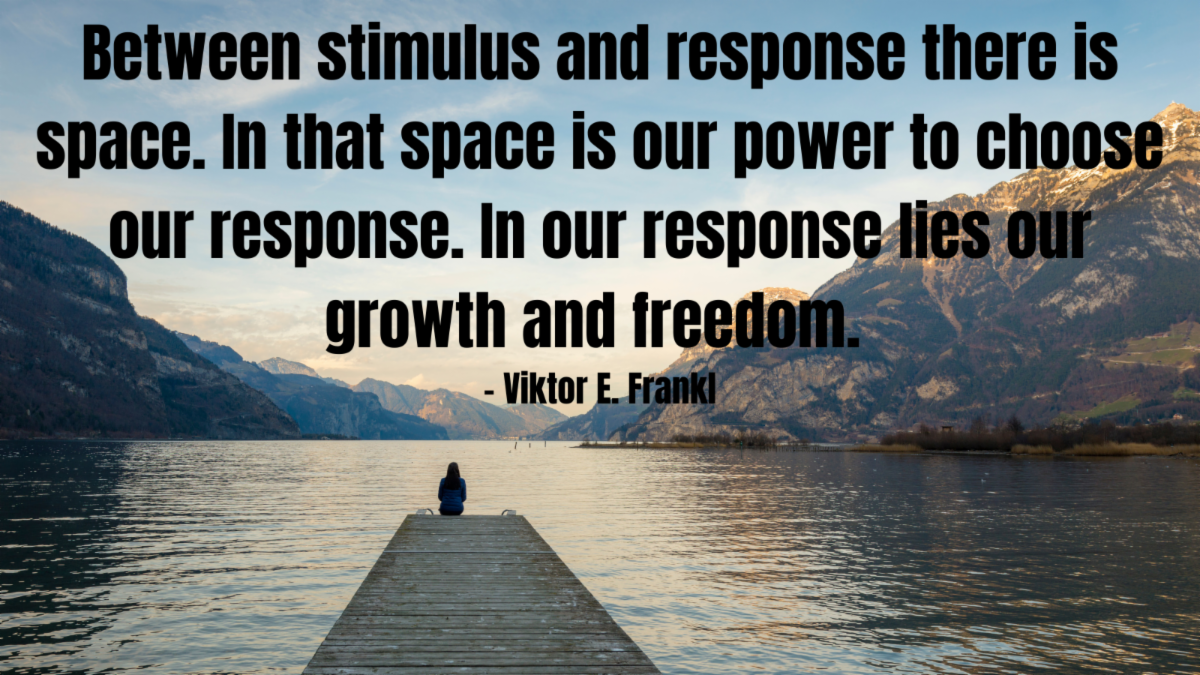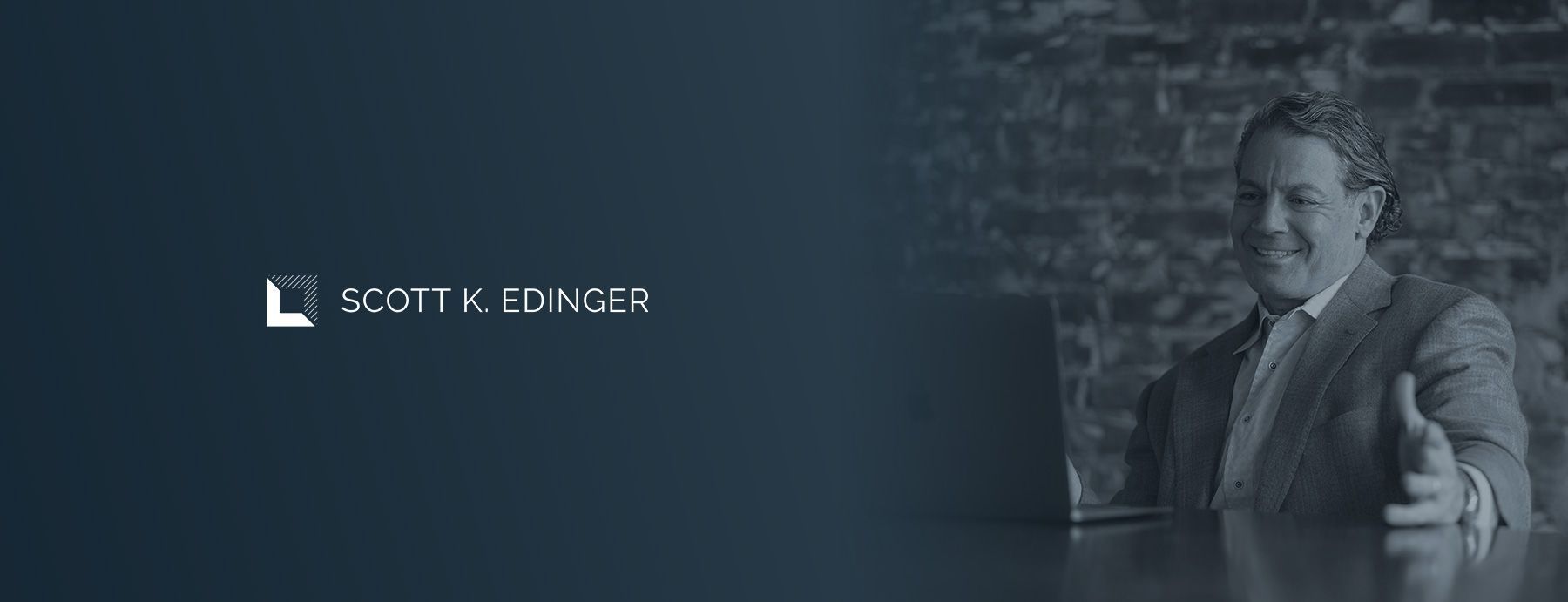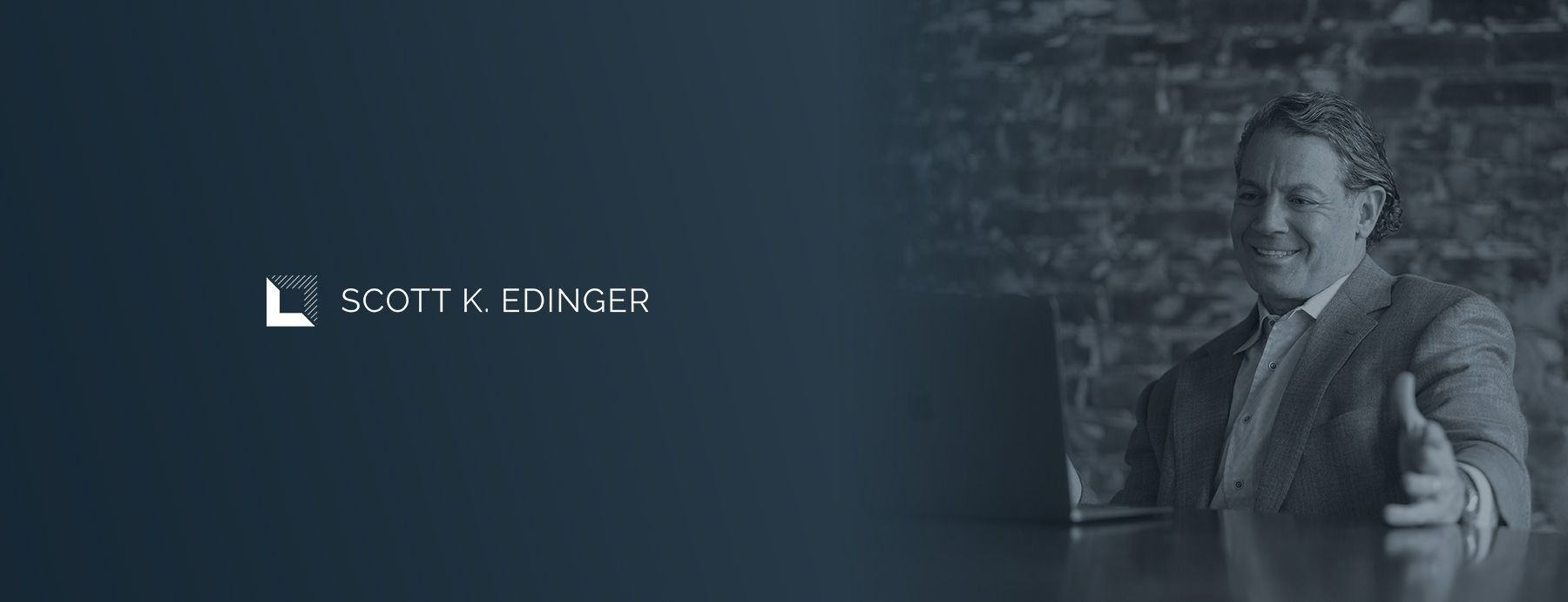
May 13, 2021
The Real Path To Developing Expert Levels Of Performance
You’ve probably heard of the “10,000-hour rule.” Popularized by author and psychologist Malcolm Gladwell in Outliers, he claimed an individual can develop mastery of a complex skill with 10,000 hours of practice. I understand how this rule has anchored itself in our business lexicon – it sure is appealing to think that gaining an upper hand in a skill is as straightforward as dedicating 10,000 hours.
But the truth is, it’s not quite so easy. A few years ago, I had lunch with Dr. K. Anders Ericsson, a professor of psychology at my alma mater Florida State University. Dr. Ericsson’s original research about developing expert levels of performance are actually the basis for Gladwell’s claim. He took a particular dissatisfaction with the oversimplification of the popularized finding.
Dr. Ericsson recounted for me where the conclusion fell short. He pointed out that, even within the experiments from his research that Gladwell cited, the conclusions were too broad and even a tad misleading. That is, Gladwell overlooked an important detail: mastery isn’t achieved based on the number of hours – 10,000 was an average. Some took more, some took less Rather, Ericsson specified the critical factor was deliberate practice. But of course, as he said, “The Very Large Amount of Deliberate Practice Rule” Isn’t quite as sexy as the “10,000 Hour Rule.”
Dr. Ericsson went on to share with me with his criteria for Deliberate Practice for those who really want to develop mastery in most any field:
- There must be a predetermined model – clarity about what excellent or good looks like - designed with intention and structure.
- There must be deliberate practice and an effort to match the skill or behavior to the model.
- There must be and a mechanism for feedback, both for corrections and reinforcing what is done well.
- Repeat.
This is true for developing expert levels of performance in everything from playing the violin, selling consultatively, developing software code, or being a leader. The model is simple – but his point serves as a valuable reality check. Time is only part of the story – how you practice is what makes the difference. It’s not uncommon for change or growth to take time, but if you want to accelerate progress, remember that intentionality and focus are the key. Try using Ericsson’s model as a general framework for checking in on long-term development goals. It’s very possible that you’ll succeed in less than10,000 hours if you are deliberate in your practice.
Rethink Your Sales Experience
As the economy begins to bounce back, now is the time to learn from what went right and wrong over the last year. I was recently interviewed by the Small Business Expo for an article titled “5 ways to boost revenue back up after a pandemic.” I’ve summarized three of the key takeaways below. To read the full article, click here.
- Rethink your sales experience. Small businesses should rethink how they sell their products to potential customers. You must go beyond just providing information about your products and giving a presentation about their capabilities. The proverbial ‘talking brochure’ adds little value. Instead, it is critically important to focus on insight, expertise and helping clients to see their issues differently.
- Focus on early stage sales efforts. A sole focus on late-stage revenue results in missed opportunities during the early stages of the sales process. It is in the beginning phases where you have the greatest potential for strengthening the business and minimizing the effects of a recession. Early-stage efforts include account strategy, allocating resources, and building client relationships.
- Reevaluate your client profile. It’s tempting to go after any business you can get when you are trying to boost revenue. Instead, focus your limited resources on your ideal client profile and respectfully walk away from business that you know isn’t going to be good.
Return To (Your Version) Of Normal
For my family, last Wednesday marked the beginning of the end of the pandemic. We are two weeks post-vaccination and can start reintroducing pieces of our lives that have been put on hold for the last 14 months.
It won’t be exactly the same, but it sure is getting closer. What does this look like in my house? Last year we canceled a trip to Disney World for my daughter’s birthday. This year, as newly minted Harry Potter fanatics/Potterheads (thank you, quarantine), we are headed to Universal Studios to Harry Potter’s Wizarding World to celebrate her birthday. Yes, I am willing to wear a mask in Florida in May in order to do this.
At a more mundane, but equally exciting level, my favorite restaurant doesn’t have outdoor seating, and I can’t wait to go out to dinner and order vichyssoise again.
As vaccines become readily available and the country begins to open, what are you most looking forward to?
Current Read:
As we enter a new stage of normalcy after a period that has been redefined due to the pandemic, using customer journeys to guide product development and customer experience will be more important than ever to business performance. This article outlines three critical factors that will determine whether your post-pandemic customer journeys will help amplify or impede business growth. First, be customer-centric, not company-centric. Second, create flexible journeys based on need-points, not touchpoints. Third, measure and optimize customer journeys and experiences.
Designing Customer Journeys for the Post-Pandemic World (hbr.org)
Quotable:

Subscribe to Edinger's Insights Newsletter
Edinger’s Insights is packed with strategies and ideas to lead business growth.*
*Scott will never share your contact information
EdingerInsights_SignUp
Thank you for subscribing.
Please try again later.


